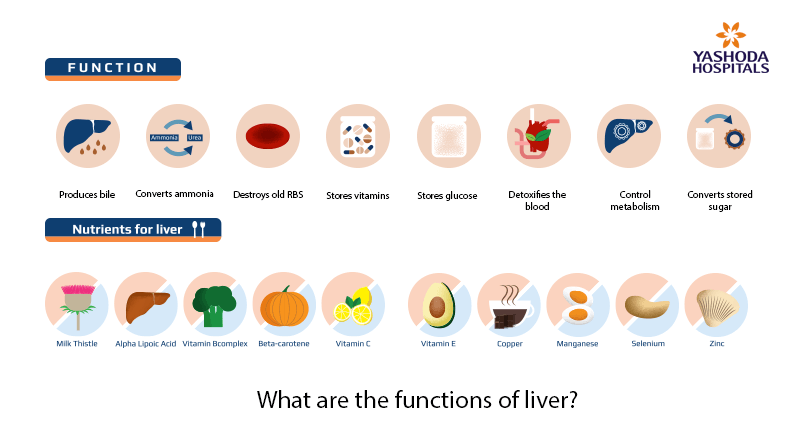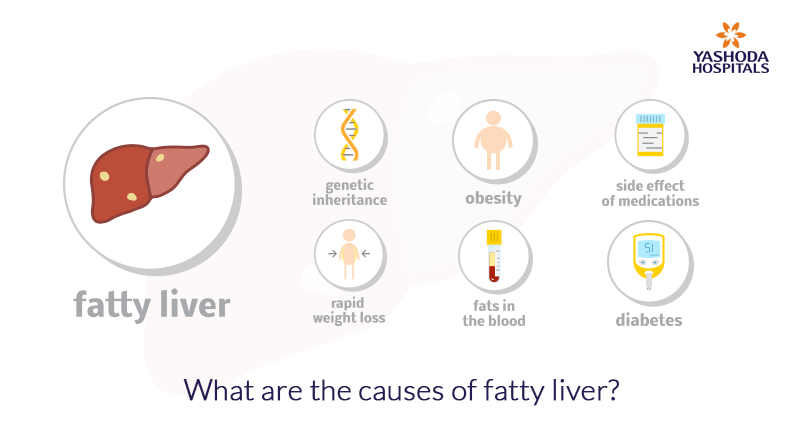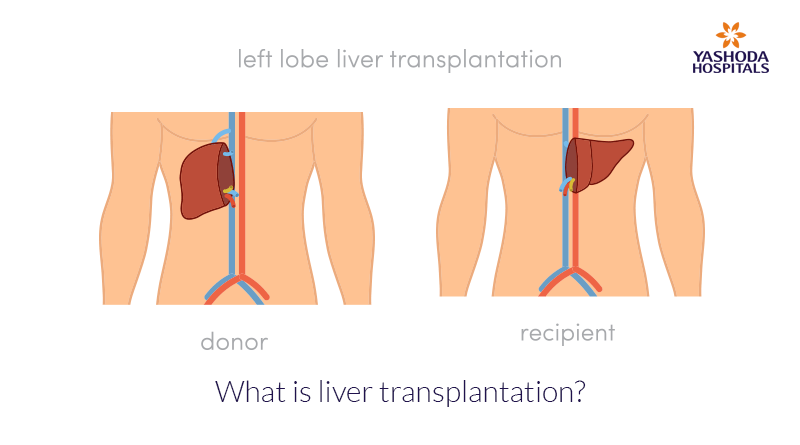What are the stages of liver diseases?
There are several conditions that are diagnosed with liver disease. However, the damage to the liver follows a consistent pattern from the initial stages to advanced stages of the disease.
Stage 1 – Inflammation: Irrespective of the cause of the liver disease, the liver and the liver ducts get inflamed (swollen, reddened) causing abdominal pain. If left untreated, inflammation can cause further damage to the tissues. Inflammation of liver is often treated completely.
Stage 2 – Fibrosis: In many cases, liver diseases may not be diagnosed until stage 2. Fibrosis of liver is marked by scarring in the tissues which may affect blood flow to liver and liver functions. With treatment, the scarring is healed and further damage is prevented.
Stage 3 – Cirrhosis: Cirrhosis of the liver is a chronic (longstanding) condition marked by permanent scarring that obstructs blood flow to the liver. The most common causes of cirrhosis in the US are chronic hepatitis C infection and alcoholic liver disease. This stage of liver disease is serious and the treatment must begin immediately to halt the progress of the liver disease and the damage. Liver cirrhosis causes decompensation of the liver and can cause serious symptoms and comorbid conditions which need to be managed with prompt care. It is important to protect the healthy tissues that are left to retain the liver functions intact.
Some of the alarming changes in the decompensated cirrhosis (liver disease) include portal hypertension, esophageal varices (dilated, ballooned veins), ascites (accumulation of fluid in the abdominal cavity) and gastrointestinal bleeding. The patient may experience extreme fatigue, confusion, personality changes, extreme sleepiness, reduced urination (an indication of kidney failure), high fever (an indication of possible abdominal infection), swelling in the extremities, wasting of muscles in the extremities, hand tremors, shortness of breath, pale/yellow skin, weight loss, loss of appetite.
Stage 4 – Liver failure: Liver failure, also known as liver insufficiency, is the condition wherein the normal functions of the liver begin to fail. Large part of the liver is affected by irreparable damage and thus the liver fails to perform the routine activities. Based on the causative factors, liver failure may either be acute (rapid development usually in patients without known prior liver disease), chronic (slow progress due to long-term, excessive alcohol intake, hepatitis B, C etc.), or acute-on-chronic liver failure (ACLF).
- Acute liver failure can be life-threatening and needs immediate medical attention. Usually, it develops within a few days due to over dosage or poisoning from medications such as paracetamol, infections (hepatitis B or C), acute fatty liver of pregnancy, etc.
- Chronic liver failure develops slowly over many years due to long-term exposure to excessive alcohol, infections.
- Acute-on-chronic liver failure occurs as a result of alcohol misuse or infection.Patients with ACLF can be critically ill and require intensive care and sometimes liver transplants.
- End-stage liver disease (ESLD): Extensive damage most commonly as a result of cirrhosis or long-term infections results in chronic liver failure. Patients with ESLD show symptoms and complications that affect survival and quality of life.













 Appointment
Appointment WhatsApp
WhatsApp Call
Call More
More